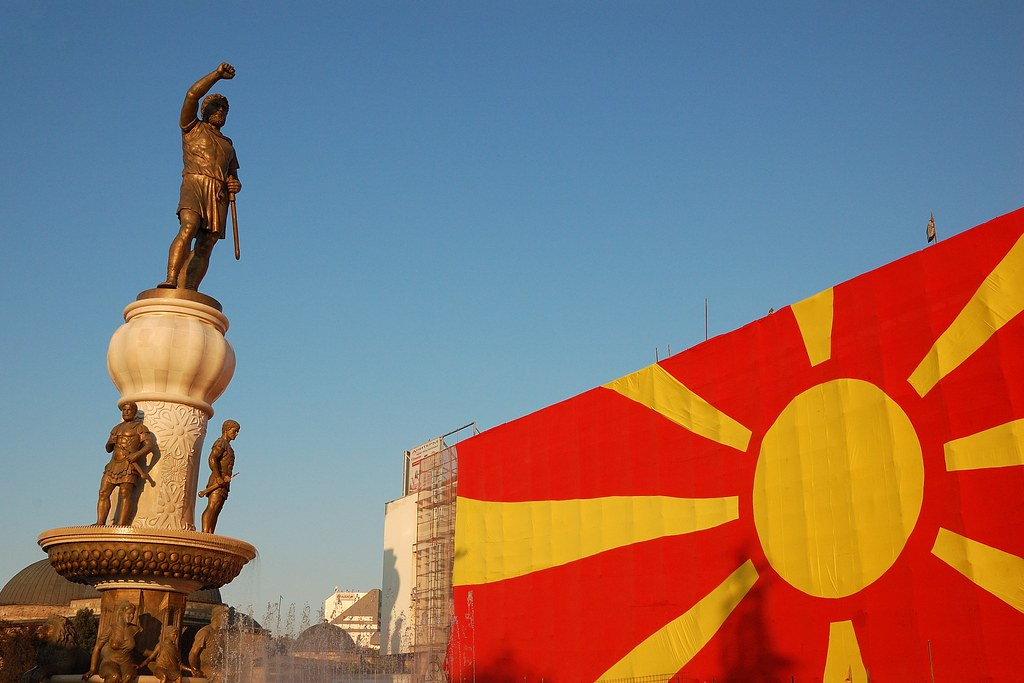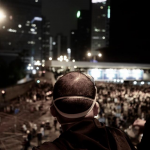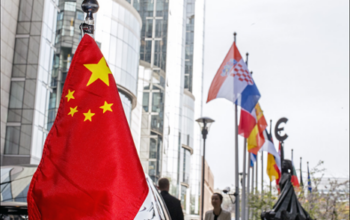While recently scrolling across Google Maps to untangle the web of Balkan nations, my attention was caught by a newly etched-out national entity. Or at least so I thought. In truth, after some further investigation into the matter, what I had glimpsed was less a newly forged nation and more the latest installment in a longstanding dispute over the nomenclature of Macedonia, upon which both the “former” former Yugoslav Republic of Macedonia (FYROM and now North Macedonia) and Greece lay historical, territorial and identity claims.
Fast-tracking things a bit, this topsy-turvy dispute, which ostensibly spans all the way back to the conquests and spoils of Alexander the Great, took a new turn at the fall and partitioning of Socialist Yugoslavia. Ever since, both sides across the border have been involved in some feisty name-calling, with both sides refusing to back down on their claim over the cultural and territorial heritage of Macedonia. Underscoring this hard egg-or-the-chicken-first stance, a Greek veto all but barred the FYROM from ascension to the EU and by extension opportunities for development, growth, and prosperity.
Let them eat marble statues!
Fuelled by what it perceived as unfair treatment, the FYROM government ramped up its rhetoric by decreeing the fateful Skopje 2014 project, which was supposed to tie the FYROM closer to the glory of its, imaginary, epic past. However, this much derided project, which sought to remake the capital in the light of Greek antiquity, has left some to brand Skopje as the world’s “capital of Kitsch”. Adding insult to injury, the flood of neoclassical statues perched in lofty heights around the capital blew the project’s budget wide open in a country that continuously ranks as one of the poorest in the region.
Ironically, it was only by abandoning this bizarre showcasing of cultural appropriation and political escalation that a mutually beneficial breakthrough was achieved in 2018. Indeed, by re-establishing meaningful diplomatic ties, a formal agreement was reached, which consequently recognized North Macedonia as a nation distinct from the northern Greek province of Macedonia. In this instance, choosing the path of deescalation through dialogue truly paved the way for a better future for both parties. Bearing this in mind, can Skopje 2014 then be seen solely through the lens of the financial debacle that it undoubtedly was? Moreover, should the Macedonian government be considered the Atlas-esque bearer of all the brunt and backlash for its failure?
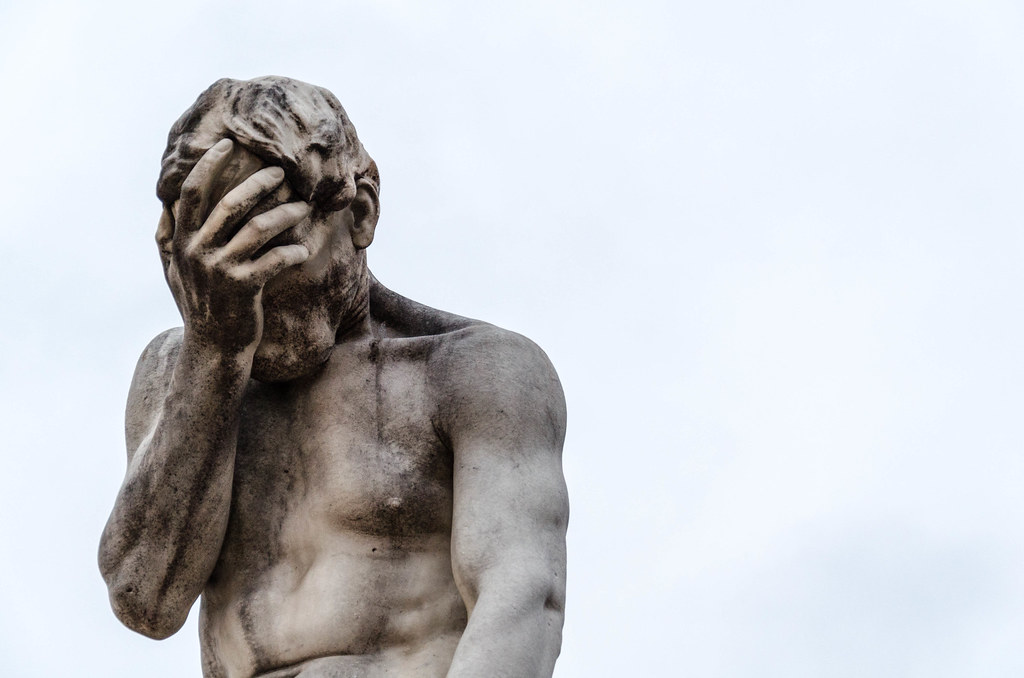
The M is for misunderstanding
One of the main reasons cited by Greek politicians for the controversy sparked by Skopje’s 2014 great leap backwards, was that the FYROM would potentially not only lay claim to what is seen as essentially Greek identity, but more importantly, that territorial aspirations on Greek soil would arise in tandem. This line of argumentation is reminiscent of the common trope of self-determination, which sees cultural imposition go hand-in-hand with territorial convergence.
However, what this line of argumentation fails to understand — and what I would suggest that the policy-makers behind the botched Skopje 2014 project failed to understand as well — is that the term Macedonia itself had semantically shifted away from the brittle aesthetics of antiquity to an entirely unique Slavic interpretation of the term long before the dissolution of Socialist Yugoslavia. After all, Slavic populations had been lively in Northern Macedonia for well over a century while carrying the denomination of Macedonia. Therefore, if culture is what one makes of living practices understood in the more mundane configuration of everyday life and experience, how is it to be presumed that Macedonian identity as a concept was frozen in time and space before, during and immediately after the unravelling of Socialist Yugoslavia?
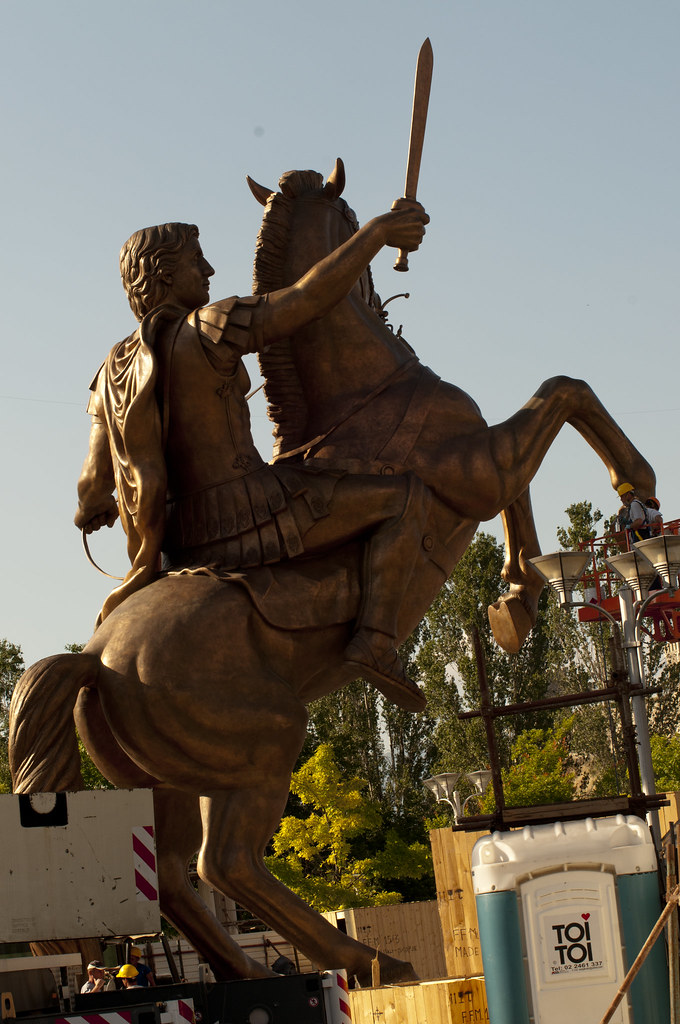
Get off your high horse, Alexander!
Therefore, I am putting the following proposition on the table; I believe that one can fairly assume that, had the Greek claims on Macedonia not arisen in the way they did — territorial integrity of the state at risk! — with the particular meaning they carried — cultural appropriation of classical antiquity as a threat!, then perhaps Skopje 2014 could have been entirely avoidable altogether.
This goes without saying that I am not tip-toeing towards a justification for its bamboozling execution. Rather, what I am suggesting is that by accentuating territory linked to antique culture from a uniquely Greek perspective, the breeding ground for the self-confounded chimera of embittered Greek and Macedonian relations was set to roost birds of exotic feather such as the Skopje 2014 project or the Greek “cultural” riots over ‘identity capitulation’. In this light, Skopje 2014 can almost be seen as the logical consequence of two nations engaging in foreign policy on equally egregious terms.
Instead of negotiating a compromise with consideration to the needs and wishes of everyday citizens on both sides of the divide, the Macedonian and Greek governments failed to live up to their responsibility to foster the well-being of their citizens. What’s more, they made things worse by clashing over dead concepts of identity that have little bearing on the everyday workings, experiences, and problems of the common (wo)man. To conclude, when Guy Delauney inadvertently states that Macedonia “might as well be hanged for a sheep as a lamb” with its fumbling extravagance, one may indeed ask how else to get Alexander off his high horse?
by Louis Louw
Photo Credits
Alexander the Great, Mite Kuzevski, CC BY-NY 2.0:
DSC_0069.jpg, mrhong42, CC BY-NC-ND 2.0:
Image, Rosino, CC BY-NC-SA 2.0:
